Nestled in the southern reaches of Chilean Patagonia, Torres del Paine National Park stands as one of the most breathtaking natural wonders on the planet. Its jagged peaks, glacial lakes, and sprawling grasslands draw adventurers, photographers, and nature lovers from across the globe. The park’s name, which translates to "Towers of Blue" in the indigenous Tehuelche language, hints at the surreal beauty of its granite spires piercing the sky. But beyond its iconic skyline, Torres del Paine is a living testament to the raw, untamed power of nature.
The park spans over 181,000 hectares, encompassing a diverse range of ecosystems. From the windswept steppes of the east to the dense southern beech forests and the icy tongues of glaciers creeping down from the Southern Patagonian Ice Field, the landscape is a study in contrasts. The centerpiece, of course, is the Paine Massif—a mountain range that includes the famed Cuernos del Paine (Horns of Paine) and the three granite towers that give the park its name. These formations, sculpted by millennia of glacial activity, are nothing short of awe-inspiring.
Visitors to Torres del Paine often come for the world-class trekking opportunities. The W Trek and the more demanding O Circuit are legendary among hikers, offering days of immersion in some of the most dramatic scenery imaginable. The W Trek, typically completed in four to five days, takes trekkers past glacial lakes like Pehoé and Nordenskjöld, beneath the looming Cuernos, and finally to the base of the towers themselves. The O Circuit, a longer and more remote route, circles the entire massif, providing solitude and even grander vistas for those willing to brave its challenges.
Wildlife thrives in this remote corner of the world. Guanacos, a relative of the llama, roam the grasslands in herds, while elusive pumas stalk the terrain in search of prey. Andean condors ride the thermals overhead, their wingspans stretching nearly ten feet. The park is also a haven for birdwatchers, with over 100 species recorded, including the striking Magellanic woodpecker and the diminutive Austral parakeet. For those lucky enough to visit during the southern hemisphere’s summer, the sight of flamingos wading in Laguna Amarga is an unexpected delight.
But Torres del Paine is not just a paradise for hikers and wildlife enthusiasts. Its ever-changing weather adds a layer of drama to every visit. Patagonia is notorious for its ferocious winds, which can howl across the open plains without warning. Rain, snow, and sunshine often alternate within the span of hours, creating a dynamic interplay of light and shadow across the landscape. Photographers revel in these conditions, as the shifting weather paints the mountains and lakes in an endless variety of hues.
Conservation efforts have been critical in preserving the park’s fragile ecosystems. In recent decades, wildfires—some caused by human negligence—have scarred portions of the land, prompting stricter regulations and increased awareness. Today, visitors are required to follow designated trails, carry out all waste, and use only approved camping sites. The goal is to ensure that future generations can experience the same untouched beauty that captivates so many today.
For those planning a trip, timing is key. The peak season runs from November to early March, when temperatures are milder and daylight stretches late into the evening. However, this also means crowded trails and limited availability in refugios (mountain huts). Shoulder seasons—October and April—offer quieter experiences, though colder weather and shorter days come with the trade-off. No matter when one visits, preparation is essential: sturdy gear, layered clothing, and a respect for the park’s unpredictable conditions are non-negotiable.
Torres del Paine is more than a destination; it’s a pilgrimage for those who seek the sublime in nature. Whether standing beneath the towers at sunrise, watching the wind ripple across Lake Sarmiento, or simply breathing in the crisp Patagonian air, the park leaves an indelible mark on all who venture here. In a world increasingly tamed by human hands, places like this remind us of the wild, untamed beauty that still exists—if only we’re willing to journey far enough to find it.

By Emily Johnson/Apr 28, 2025

By Noah Bell/Apr 28, 2025

By Christopher Harris/Apr 28, 2025
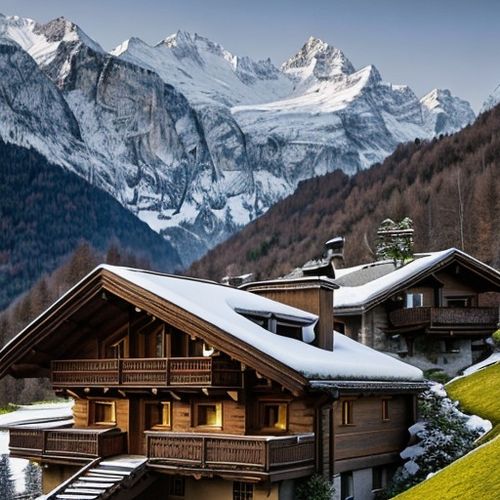
By Samuel Cooper/Apr 28, 2025
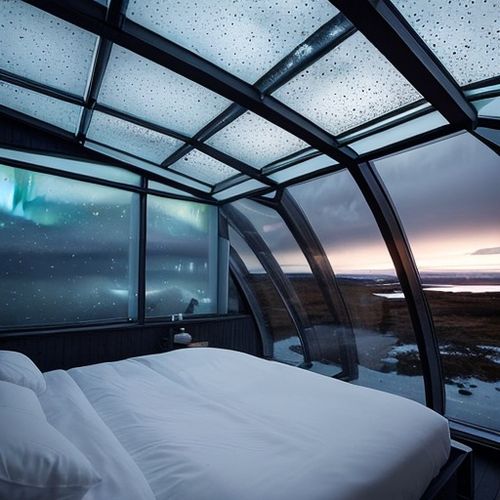
By Sophia Lewis/Apr 28, 2025

By Daniel Scott/Apr 28, 2025
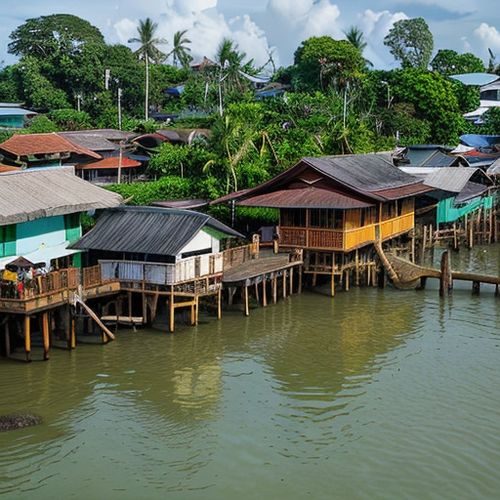
By Joshua Howard/Apr 28, 2025
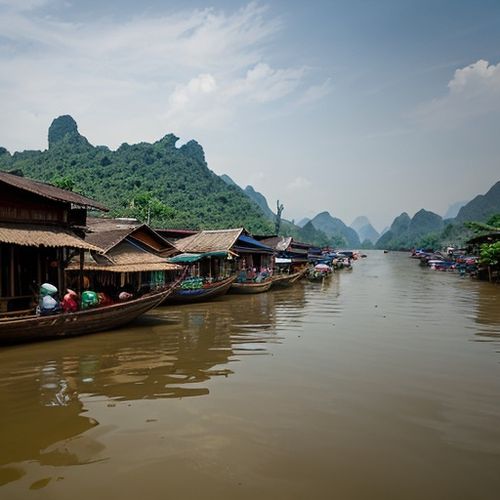
By Daniel Scott/Apr 28, 2025

By Lily Simpson/Apr 28, 2025
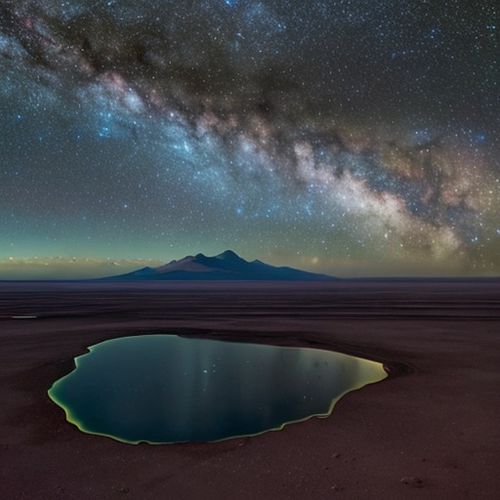
By Victoria Gonzalez/Apr 28, 2025
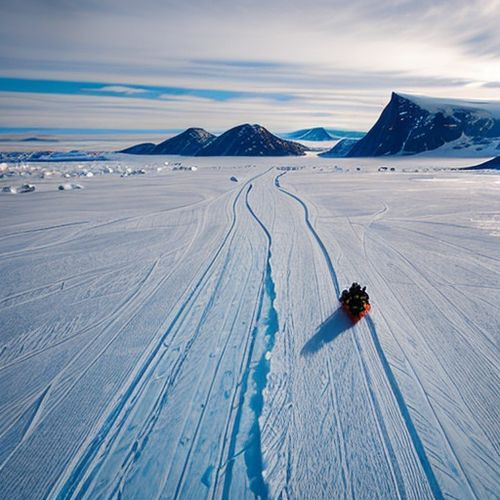
By Benjamin Evans/Apr 28, 2025

By William Miller/Apr 28, 2025
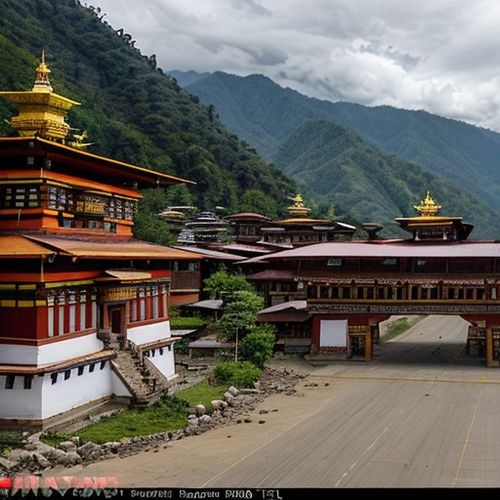
By David Anderson/Apr 28, 2025
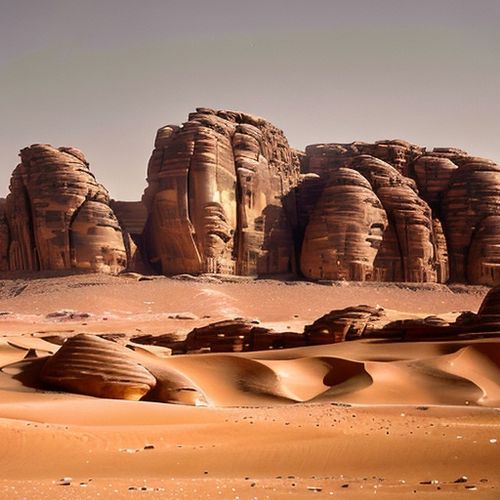
By Sarah Davis/Apr 28, 2025
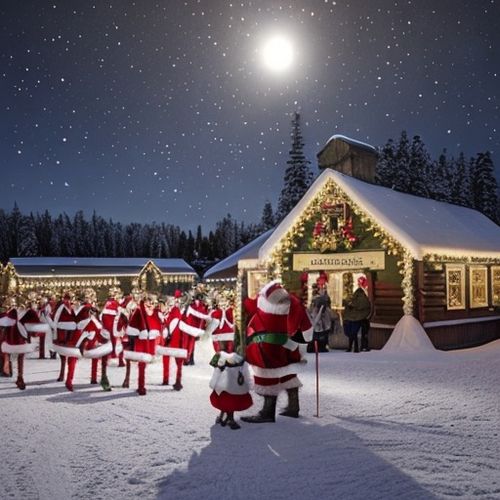
By Victoria Gonzalez/Apr 28, 2025
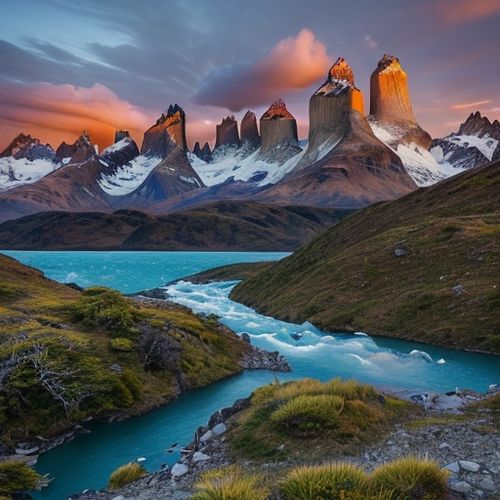
By Victoria Gonzalez/Apr 28, 2025
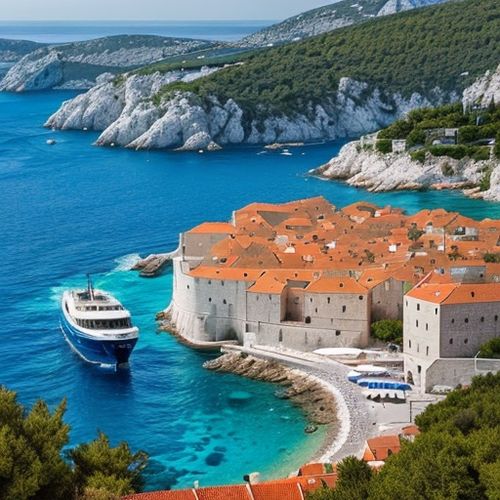
By Amanda Phillips/Apr 28, 2025

By William Miller/Apr 28, 2025
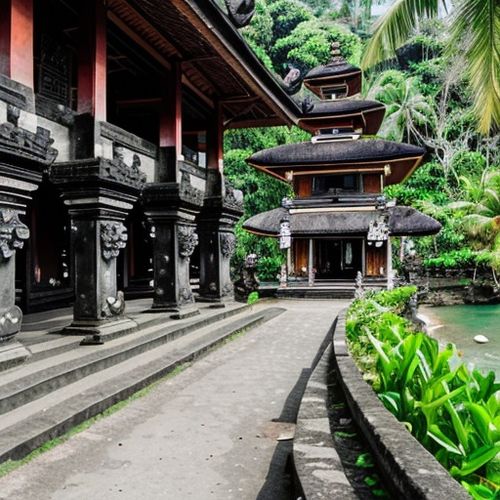
By David Anderson/Apr 28, 2025
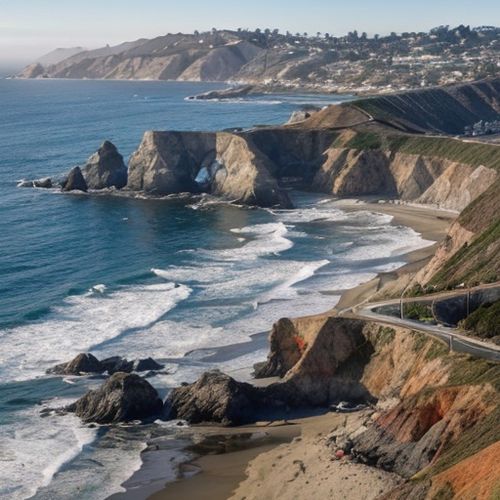
By Megan Clark/Apr 28, 2025